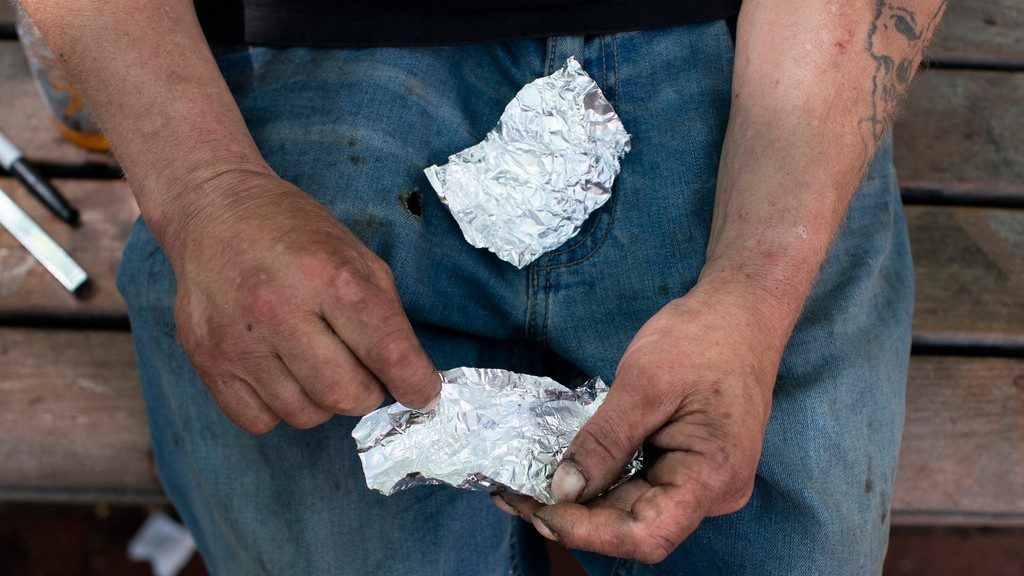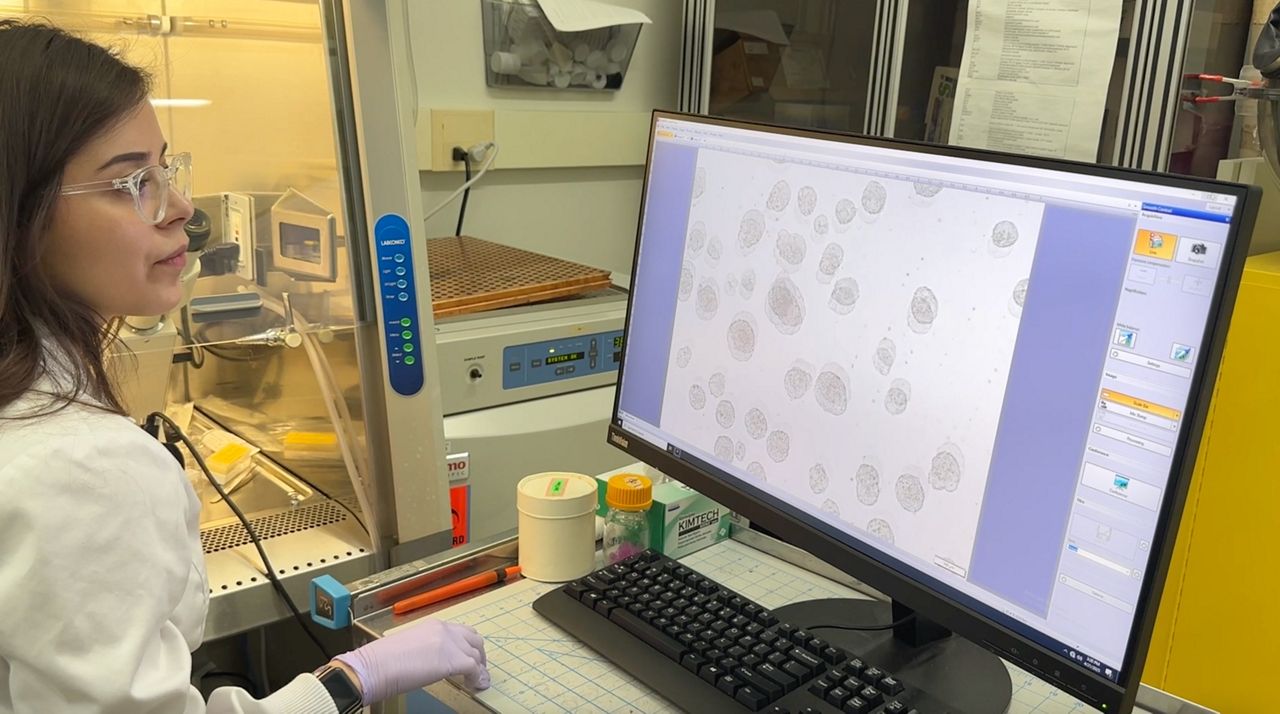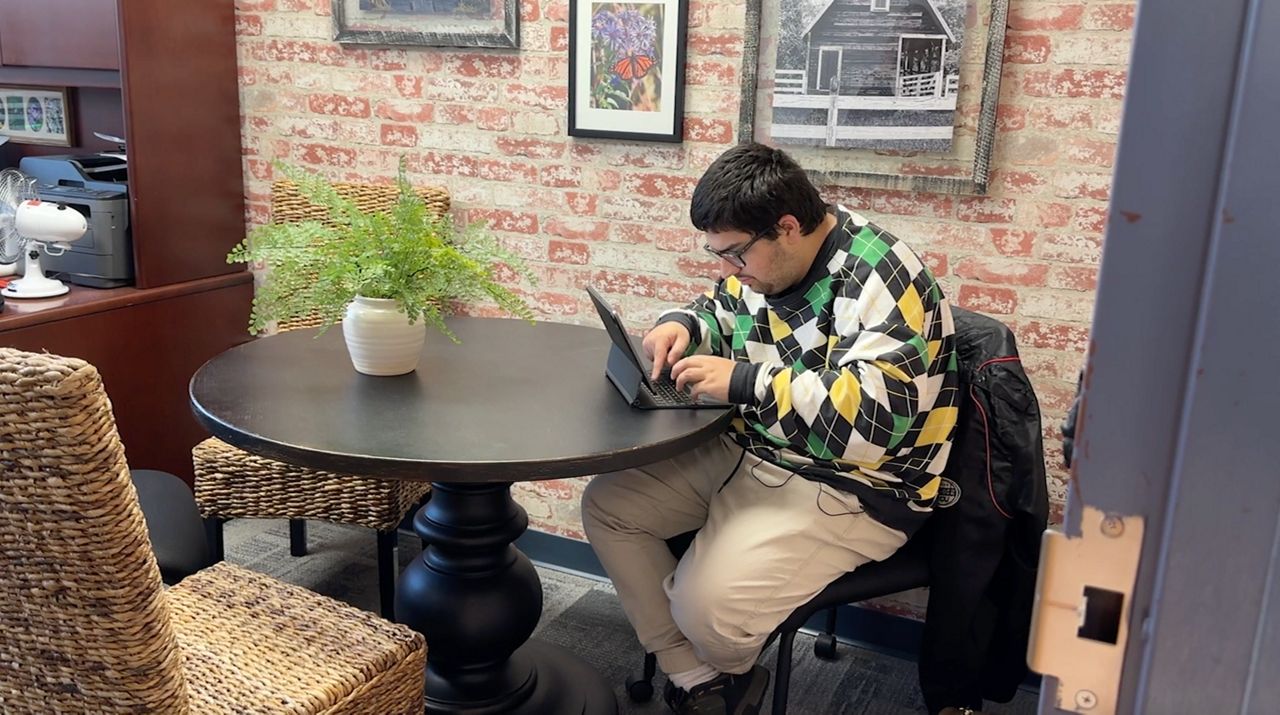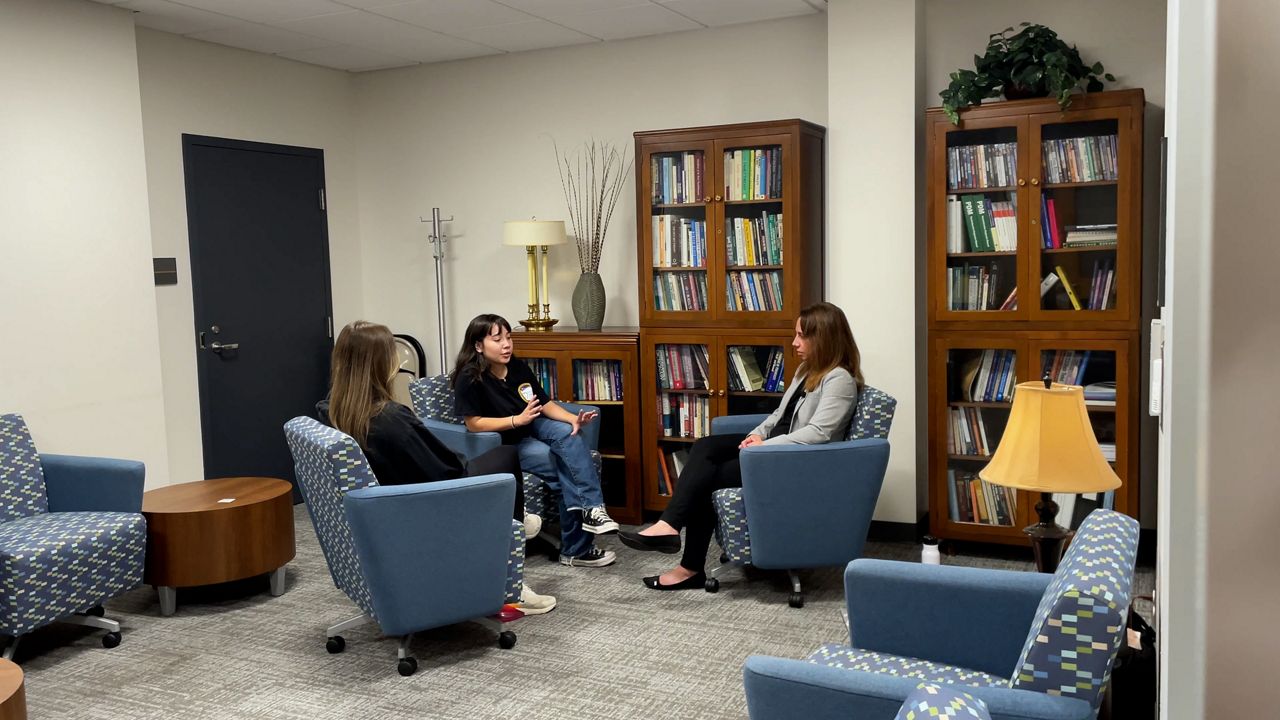Anything that comes out of the body, whether it's a swallowed quarter or a cancer tumor, the chances are someone like Julissa Commisso is looking at it.
She is part of the histotechnology program at SUNY Cobleskill, which is the study of tissues. When a piece of tissue gets sent to a histotechnician lab, they prepare it to go under the microscope, so the pathologist can determine a diagnosis.
SUNY Cobleskill has the only accredited histotechnology program in New York state.
What You Need To Know
- Histotechnology is the study of tissues
- SUNY Cobleskill has the only accredited histotechnology program in New York state
- Students in the program get to work with doctors to help patients heal
“A lot of people, they want to help people, but maybe they’re not too good at interacting directly with patients like a nurse or doctor would. So we, we’re such an important part of that process, and we are still able to help the patients, even though its indirectly," said Commisso, a student at SUNY Cobleskill.
The program partners with two of the biggest hospitals in the world for cancer research and allows students to do their clinical hours with doctors.
“The program requires 400 hours of clinical experience, which is about 10 weeks or so. And that’s usually the final thing that they do before they are actually employable," says Adam Tegnander, program director of histotechnician program.
However, there aren’t many young people going into histotechnology, and the field is desperate for workers.
“COVID didn't do anybody any favors. People were leaving the profession just because of the stress that COVID brought to it. But what we really see in histology is massive retirements of people who got into the profession "x" number of years ago and now they’re reaching that age where they are starting to retire and you’re not having that back fill in behind them," Tegnander said.
Commisso knows that even though the field isn’t the most popular of medical sciences, it is one of the most important. She says it's all about helping people heal.
“If a step here is missed or not done correctly, that could lead to an entire misdiagnosis” Commisso said.









